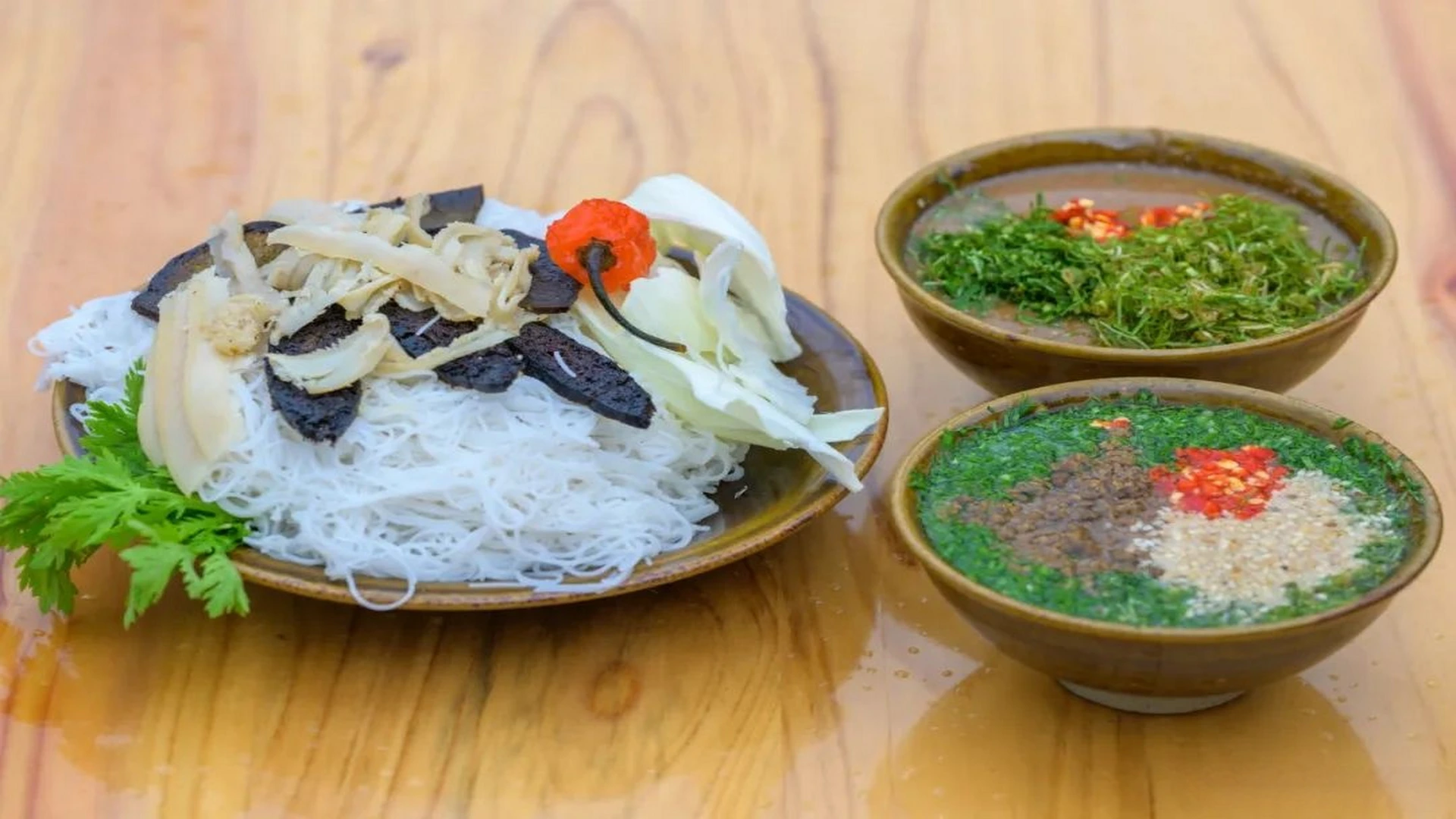As a culinary professional deeply rooted in the rich tapestry of Yunnan’s flavors, I am thrilled to share with you the unique and intriguing dish known as “Sa Pi,” a delicacy from the Xishuangbanna Dai Autonomous Prefecture in Yunnan Province. This dish, often referred to as “the top-tier dark cuisine of the Dai flavor,” is a testament to the region’s culinary creativity and cultural heritage.
Origin and Cultural Background:
The origins of Sa Pi can be traced back to the Dai ethnic group’s traditional cuisine, which is known for its bold flavors and unique ingredients. The dish is a prime example of the Dai people’s culinary ingenuity, where they have mastered the art of transforming what might seem unpalatable into a delectable feast. It is a dish that has been passed down through generations, reflecting not only the local taste preferences but also the resourcefulness and adaptability of the Dai people.
Ingredients:
Sa Pi is made from a combination of simple yet distinctive ingredients that come together to create a symphony of flavors. The primary component is the bile from the gallbladder of a cow, which is collected fresh to ensure the authenticity and potency of the dish. This is then mixed with rice noodles, which are a staple in many Southeast Asian cuisines, providing a familiar base for this unconventional dish. Additional ingredients may include fresh herbs such as cilantro and mint, chili peppers for a kick, and lime juice to add a tangy zest.
Texture and Appearance:
The texture of Sa Pi is a delightful contrast of the smooth, slippery rice noodles and the rich, slightly bitter bile sauce. The appearance is rustic and bold, with the bile giving the dish a dark, almost black hue that is both striking and slightly intimidating to those unfamiliar with the cuisine. The dish is often served in a traditional bamboo container, adding to its rustic charm and cultural authenticity.
Signature Dishes and Variations:
While Sa Pi is the star of the show, it can be paired with a variety of side dishes that complement its robust flavor profile. Complementary dishes might include grilled meats, such as chicken or fish, pickled vegetables, and fresh salads. The bile sauce can also be used as a dipping sauce for other foods, adding a unique twist to traditional dishes.
Culinary Characteristics:
The beauty of Sa Pi lies in its ability to challenge and then satisfy the palate. It is a dish that demands attention, with its intense flavors and unconventional ingredients. The bitterness of the bile is balanced by the acidity of the lime and the spiciness of the chili, creating a complex and layered taste experience. It is not a dish for the faint-hearted, but for those who appreciate the art of pushing culinary boundaries, Sa Pi is a must-try.
In conclusion, Sa Pi is more than just a meal; it is a culinary adventure that encapsulates the spirit of the Xishuangbanna region. It is a dish that tells a story, one that speaks of a people’s history, their relationship with the land, and their love for food. As a food professional, I am honored to share this unique culinary experience with the world and invite you to embark on this flavorful journey with us.
